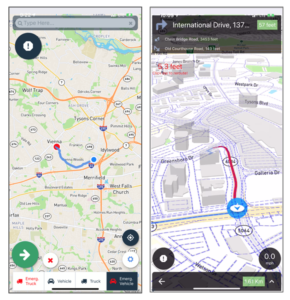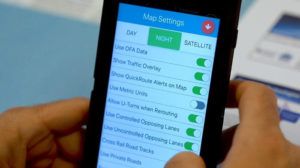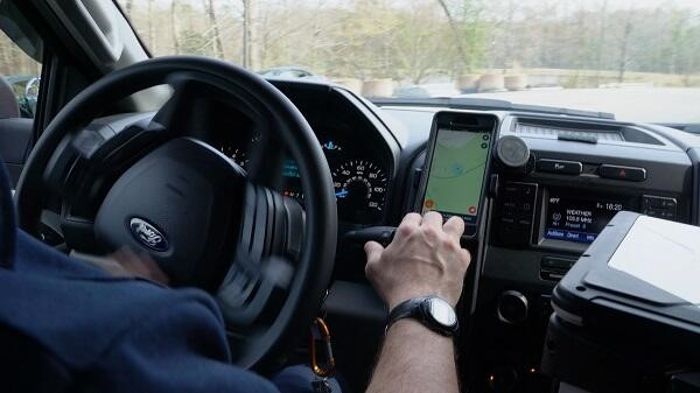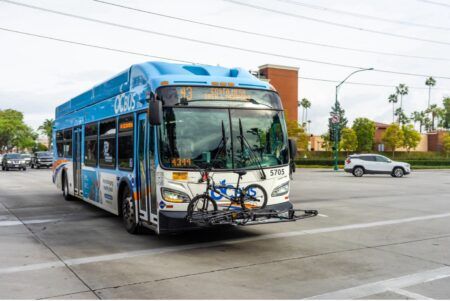The US Department of Homeland Security’s (DHS) Science and Technology Directorate (S&T) together with its partner Azimuth1 LLC are developing a customized navigation application that will allow first responders and emergency services to get to an incident quicker.
Although there are a number of popular global positioning system-based (GPS) navigation apps available for smart devices, for first responders, there can be drawbacks to using the same apps and the same routes as everyone else. The apps may not take into account specific factors that can delay response time, such as weather events, traffic accidents, or the size and weight of their vehicles. They also do not take into account local roadway or speed limit rules for emergency vehicles.
The QuickRoute system being developed by the S&T and Azimuth1 team takes into account the type of vehicle being driven, whether a fire truck, or ambulances, police cruisers, incident command units, even standard sedans, as well agency roadway protocols, specs like turn radius or bridge and tunnel clearance, and their unique ability to use lights and sirens to clear paths and avoid signals. Other data sources, including weather patterns, traffic and transit schedules, and local jurisdiction rules, such as right-of-way, private access roads, ability to exceed posted speed limits, and highway exiting, are also factored in, giving responders the quickest and safest route to the scene.
Like commercially-available apps, QuickRoute uses GPS and routing data to provide turn-by-turn directions, and it features an alerting mechanism to warn responders of hazards along the route, such as a flooded road, an accident, or downed power lines. The QuickRoute app takes navigation to the next level, using additional data streams that civilians are not privy to that will offer responders greater flexibility when time is of the essence.
In April, S&T and Azimuth1 field-tested QuickRoute with first responders and transportation stakeholders at a DHS federal law enforcement training facility in Maryland. The test plan, designed by S&T’s National Urban Security Technology Laboratory (NUSTL), had participants evaluate QuickRoute in several staged response scenarios, including medical emergencies, accident response, and fire calls, with hazards, weather events and roadway challenges placed along the routes. Along each route, the app sent alerts about road or weather conditions that could hamper a timely response and suggested alternate routes to more immediately direct their specific vehicles to the simulated emergency scenes.
The QuickRoute team will continue to refine the app’s back-end system, which features after-action reporting functions that display paths taken and other key routing data that agencies can use to calculate time savings and advantages and disadvantages of particular routes. Responders will be able to compare routes calculated by QuickRoute with the normal routes that would be taken by civilians. Azimuth1 will also integrate the app with computer-aided dispatch and emergency vehicle priority systems. S&T says the QuickRoute system, both the app and a desktop version, will be available for purchase during the second quarter of 2020.





